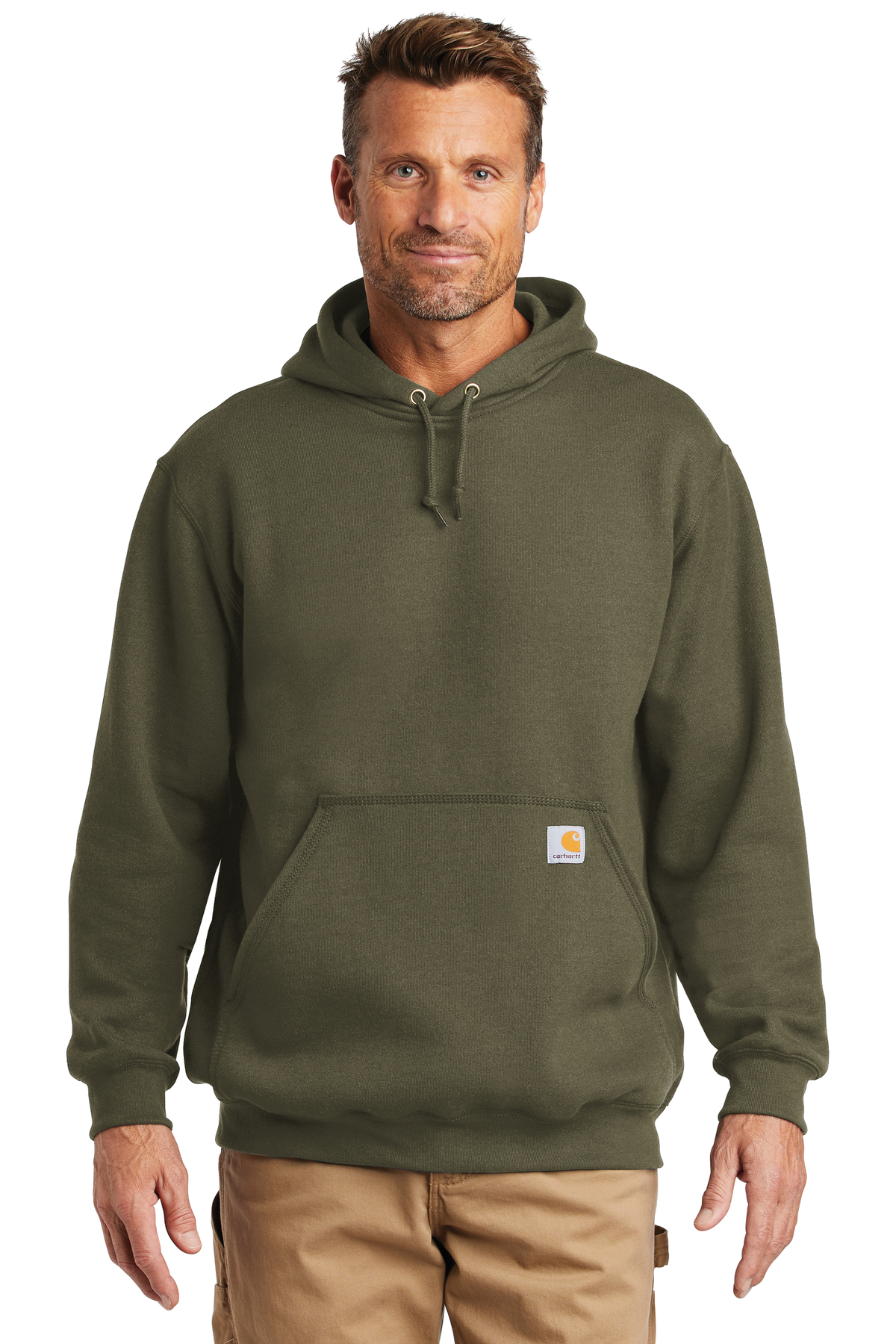Sweatshirts are long-sleeved, pullover tops that are made of thick cotton cloth. They are generally worn casually and aren't as dressy as sweater s or cardigans. They might not come with the Hood. If you are interested in purchasing a sweatshirt, here are some suggestions:
The appeal of Norma Kamali was spread by the use of sweatshirts
Since the mid-70s the Norma Kamali brand has been turning the humble sweatshirt into a work of art. sweat shirts have become an integral part of almost every woman's closet. Her unique designs include a tummy-tucking team neckline to leather-paneled sweatshirts. She also has created clothes in unusual designs, like a tank top with a long trumpet skirt.
The collaboration of the designers and the manufacturer of sweatshirts Everlast led to her Timeless collection, which was an instant hit when it appeared in the spring catalog of Spiegel. The collection featured knits that could be interchangeable or convertible in classic shapes and many of the items were priced below $20. Even even if Norma Kamali's Timeless collection wasn't available in stores, buyers were able to find the items through eBay and Poshmark.
Merino wool sweatshirts are more comfortable than sweatshirts made of soft wool.
Merino wool is renowned for its moisture-wicking capabilities which help to keep you comfortable and dry. Merino wool is an organic fibre that also has a smoother feel. The fabric also dries quickly in comparison to other natural material. In addition, it is a sustainable resource. The merino sheep shed their coats every year and regrow new coats.
Merino's weight-to-heat ratio is high, and the warmth of wool makes it popular for sweatshirts. It helps to regulate body temperature due to its loft that naturally holds heat in the fibers. This is the reason Merino wool sweatshirts are ideal for summer and outdoor activities such as mountain biking, hiking, and running. The warmth they provide ensures that the wearer stays comfortable and dry. This is essential for working out.
Zip-front hoodies have kangaroo pocket
Kangaroo pocket Hoodies are a very popular type of hoodies. These hoodies feature a huge pocket on the front, which keeps your hands warm on chilly days. They're also more practical than traditional pockets as they allow your hands to slide in and out easily.
Kangaroo pockets are usually large enough to fit a wallet or some other small items for personal use. They're typically long enough to fit one hand in a smaller size, and can even be sufficient to hold two hands. They feature wide openings on either side , and make them ideal for carrying small objects.
French terry fabric is a well-loved fabric for sweatshirts
The French Terry fabric is constructed of soft yarns that are knitted into loops and are typically medium-weight. It is also renowned because of its capacity to absorb moisture and is already pre-shrunk. French terry is a great option for sweatshirts since it will keep you warm when you're in need and also keeps you cool when you're trying to cool off.
French Terry is also very popular for loungewear, since it is stretchy enough and has enough flexibility to feel comfortable on your skin. It also allows for enough air to circulate around the fabric, making it ideal for layering underneath other clothes. Furthermore, since it's lighter than other sweatshirts that you can wear all year round without feeling too either cold or hot.
Hoodies have classist connotations
While it could appear that hoodies are just clothes that are appropriate for those who are working class however, in reality they carry classist connotations. Hoodies first became seen in the 1970s , in New York, where graffiti artists wore them to hide their identities. In 1976 Hoodies made their main film debut in "Rocky," when the working-class title character wore grey sweats with hoods during his memorable climb to the top of the steps of the Philadelphia Museum of Art.
Hoodies are frequently linked to death, destruction and other unpleasant things, and yet they also serve practical purposes. For example, monks and priests can wear hoods to demonstrate respect and a sense of self-control.

